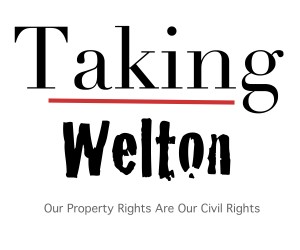Inclusionary Eminent Domain
“This Article proposes a paradigm shift in takings law, namely “inclusionary eminent domain.” This new normative concept provides a framework that molds eminent domain takings and economic redevelopment into an inclusionary land assembly model equipped with multiple tools to help guide municipalities, private developers and communities construct or preserve affordable housing developments. The tools to achieve this include Community Benefit Agreements (“CBAs”), Land Assembly Districts (“LADs”), Community Development Corporations (“CDCs”), Land Banks (“LABs”), Community Land Trusts (“CLTs”) and Neighborhood Improvement Districts (“NIDs”). The origin of the concept derives from the zoning law context, where exclusionary zoning in the suburbs excluded affordable housing for the poor. Courts intervened, applying exclusionary zoning doctrines, which led to the enactment of inclusionary zoning programs to achieve a fair share of housing. Exclusionary eminent domain in urban areas, similarly, has displaced and decreased the stock of or denied access to affordable housing through the power of takings. Under an exclusionary eminent domain doctrine, courts would apply heightened review to condemnations in a locality that has less than its fair share of affordable housing. But in a post-Kelo era of takings, doctrinal solutions may not be enough. Analogous to inclusionary zoning, inclusionary eminent domain helps us rethink how to fix the exclusionary eminent domain phenomenon that displaces low-income residents. Indeed, this Article moves us beyond the doctrinal muddle and instead incorporates both the intellectual musings of takings and zoning law with an assessment of how innovative tools can be practically applied to construct and preserve affordable housing in eminent domain takings for economic redevelopment.”
Dickenson, Gerald. Social Science Research Network 25 March 2014.
